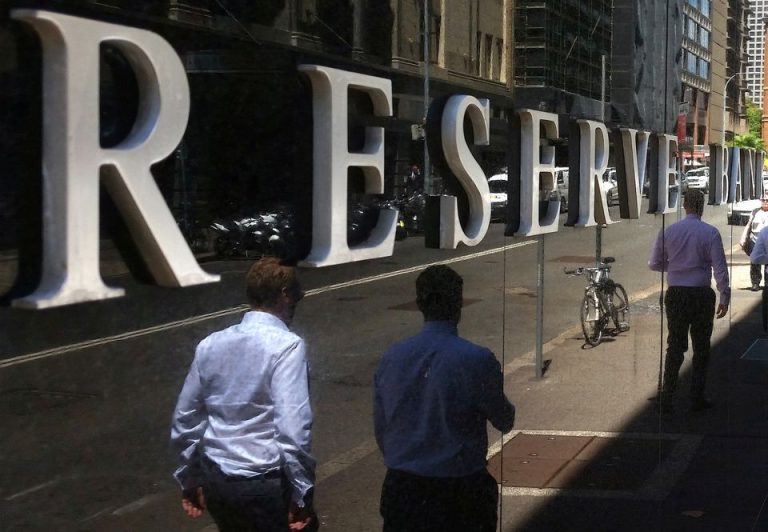
SYDNEY, (Reuters) – Australia’s central bank considered leaving interest rates unchanged at its December policy meeting, citing the lagged effects of the aggressive tightening delivered so far and the benefits of moving cautiously in an uncertain environment.
Minutes of the Dec. 6 policy meeting out on Tuesday showed the Reserve Bank of Australia’s (RBA) Board weighed three options at its last decision this year – hiking by 50 basis points, 25 bps or pausing, but the arguments for a 25 basis-point hike prevailed. However, it was the first time the Board considered pausing since it started raising interest rates in May. Rates have already risen by 300 basis points to a ten-year high of 3.1% and much of that had yet to feed through into mortgage payments.
In particular, the Board noted there was considerable uncertainty about the outlook for inflation and the labour market amid deteriorating prospects for the global economy. “Recognising this uncertainty, members noted that a range of options for the cash rate could be considered again at upcoming meetings in 2023,” the minutes showed.
“The Board did not rule out returning to larger increases if the situation warranted. Conversely, the Board is prepared to keep the cash rate unchanged for a period while it assesses the state of the economy and the inflation outlook.”
Ultimately, the minutes showed it decided against pausing because shifting course with no clear impetus from incoming data would create uncertainty about its reaction function, noting that no other central bank had yet paused. The RBA’s next policy meeting in not until early February. Markets are split on whether the RBA will go ahead with another 25 basis point or even pause. They expect interest rates to peak at about 3.7% by August next year.
In a hawkish twist, the RBA said the balance of risks to wage growth has shifted to the upside, noting that demand appeared to have held up into the December quarter.
Growth in consumption, however, appeared to be easing, after having been supported by strong labour conditions, according to the RBA. The full impact of rate rises would not be felt until next year when mortgage payments were set to match record highs.
The labour market remains tight with the jobless rate matching five-decade lows at 3.4% and wage growth picking up in the September quarter to the fastest pace since 2013.
The bank also expects some further strengthening in inflation over the coming months, despite a monthly consumer price indicator showing a slowdown in October.
“The Board expects to increase interest rates further over the period ahead, but it is not on a pre-set path,” said the bank, reiterating its commitment to bring inflation to its 2-3% target.






